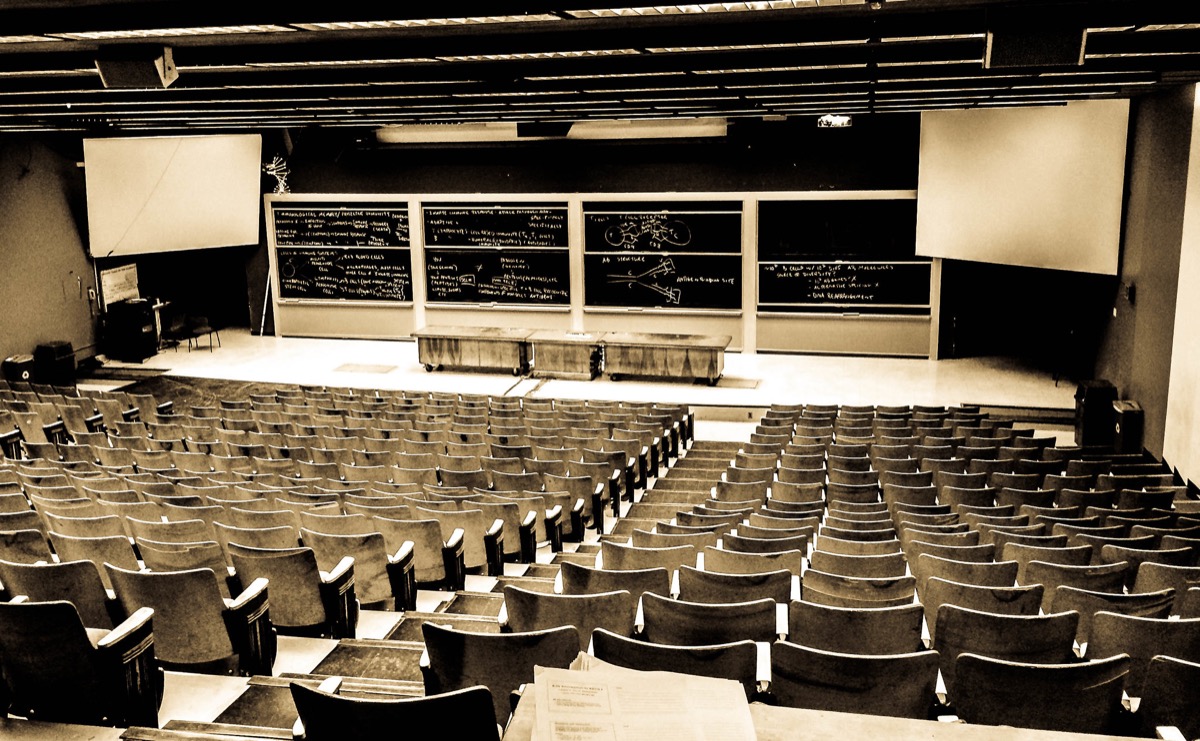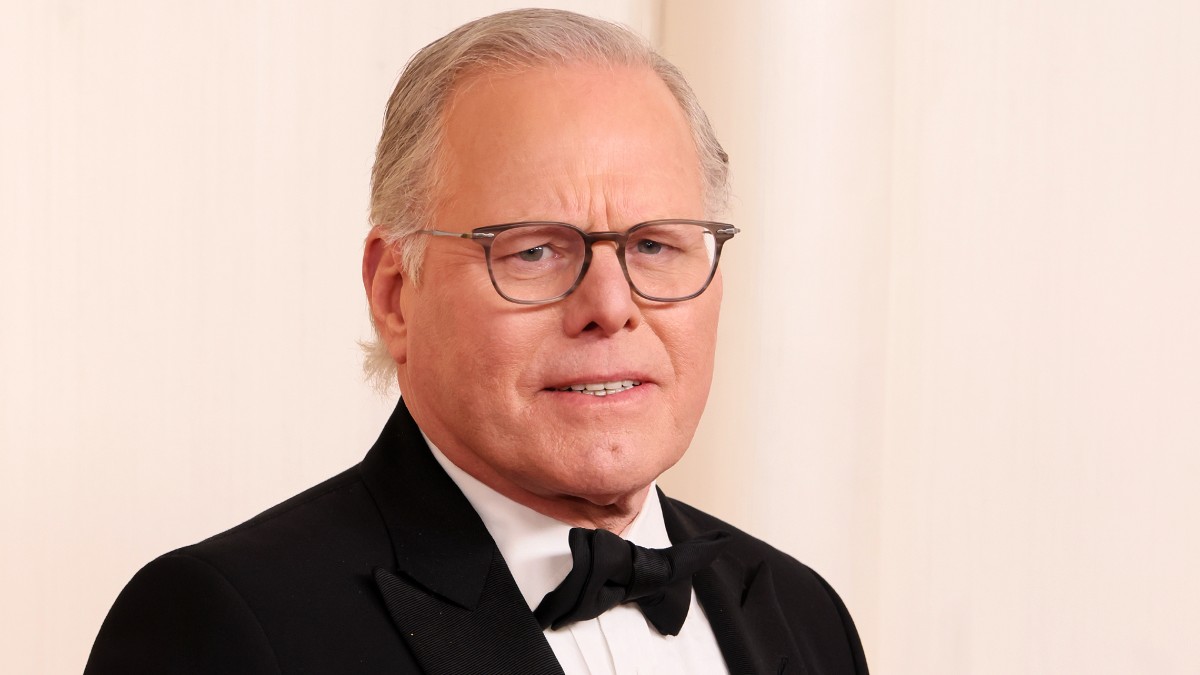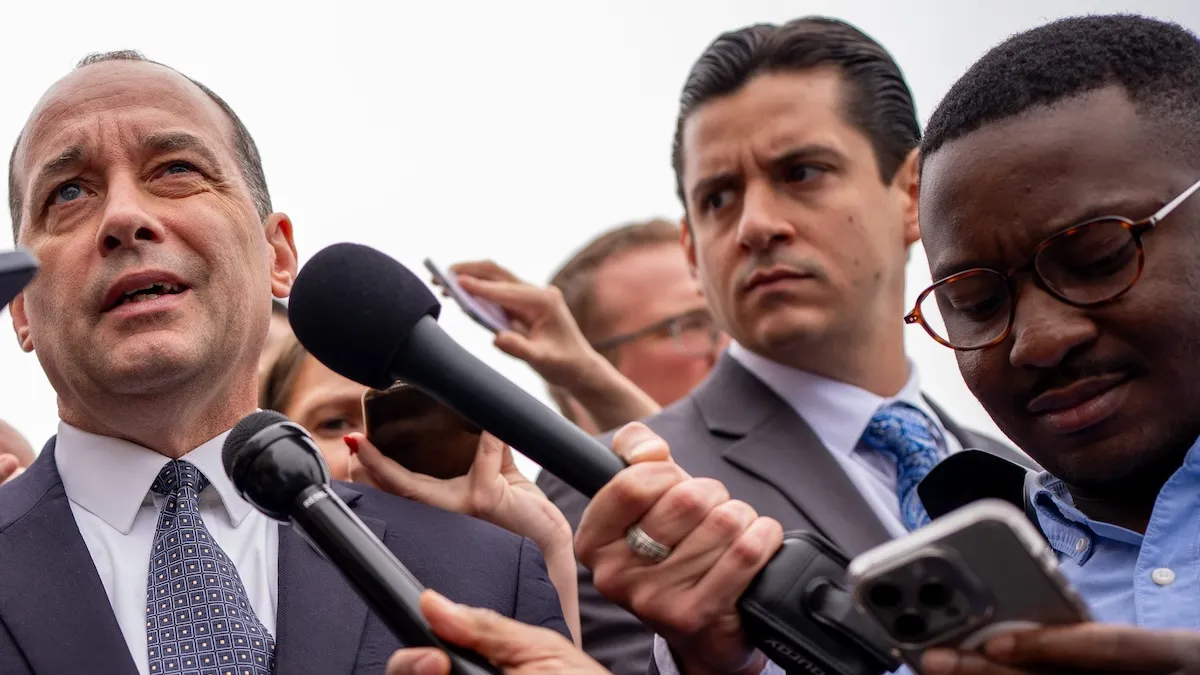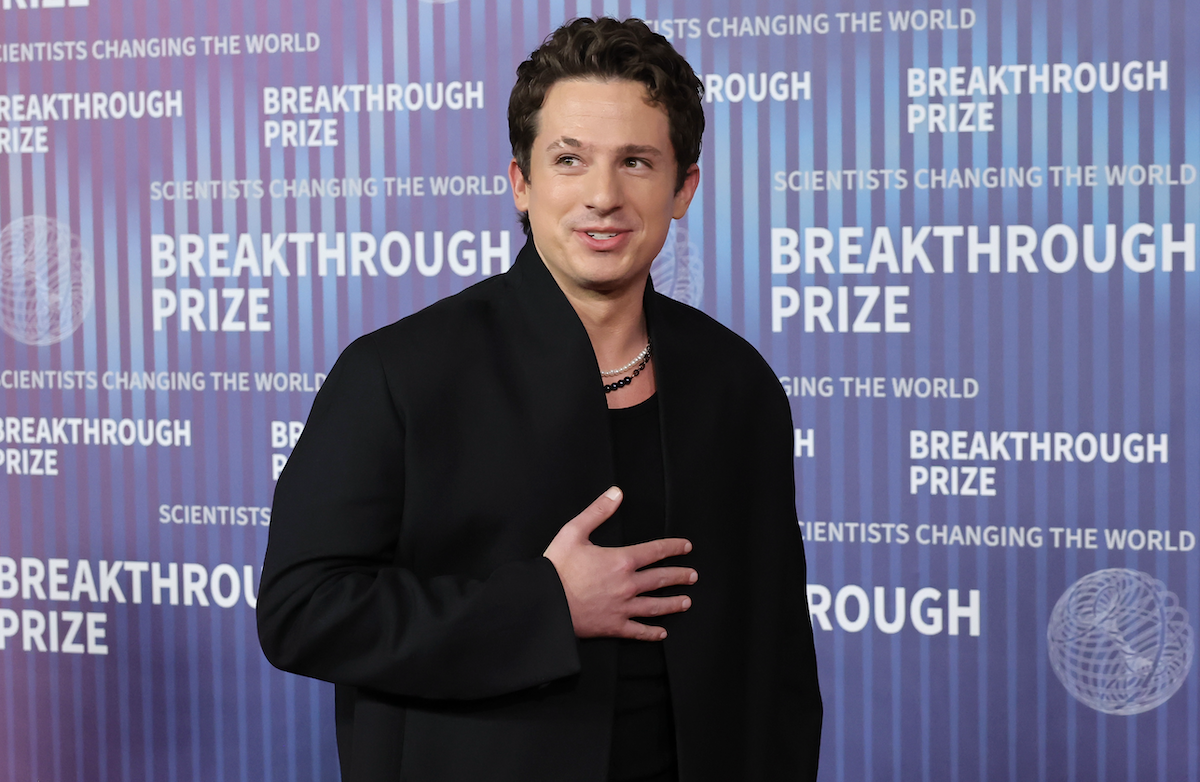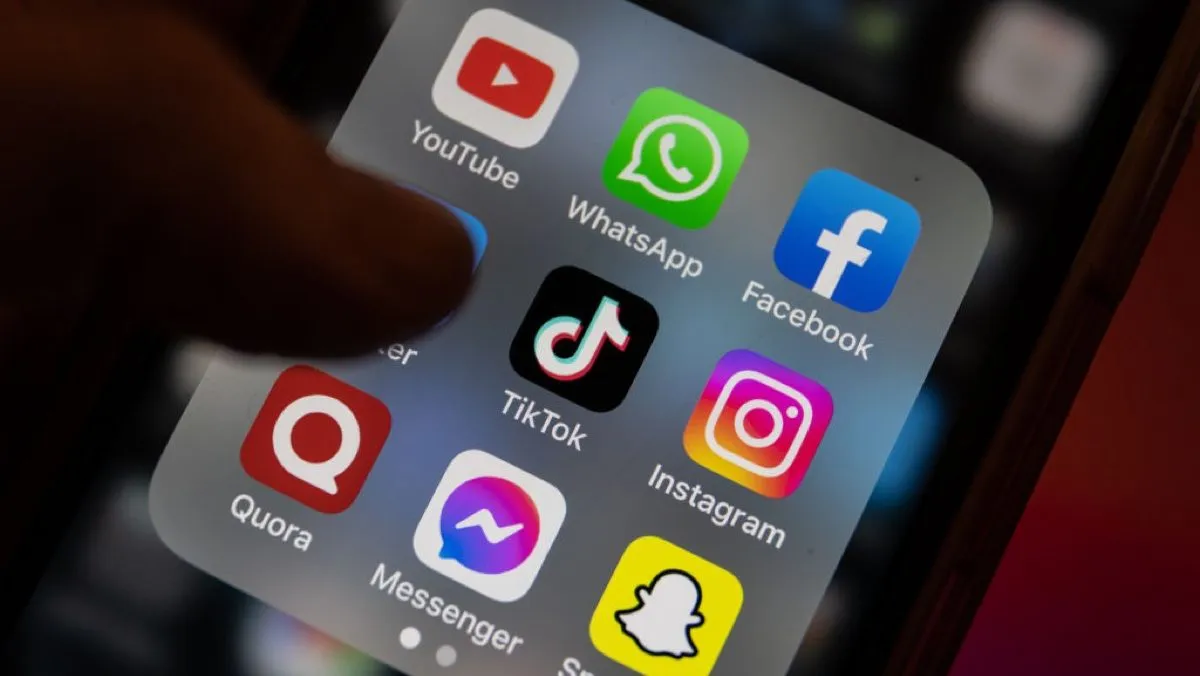After months of conversations about how to proceed in the midst of a pandemic, university and college administrations are releasing their plans for the fall. High profile (and widely critiqued) think pieces encourage us to balance human life against the financial viability of institutions. According to a Chronicle survey of 1,210 institutions, as of July 19th, 53% out of 1,210 schools plan on in-person classes, and another 32% are adopting a hybrid model.
Far fewer people are talking about what it will take to teach students traumatized from being consumed by worry and watching friends and loved ones die. As a friend and social worker said, “The potential mental health concerns are off the charts.”
The push to return to business as usual—the status quo—reflects either/or thinking that limits our ability to adapt with creativity and ethical responsibility. Our practices and skillsets are oriented to a different kind of world than the one we now inhabit. Our institutions are designed around the assumption that only some lives matter. The status quo was already too exclusive. It already subjected too many students to daily violence organized around lines of ability, race, class, and gender.
The status quo was already defunct.
We need to adapt in ways that go beyond narrow, self-serving visions of institutional stability. We need to strengthen accessibility offices, expand healthcare services, get consulting and training services from expert online educators and therapists, design trauma-informed curricula that help emotionally exhausted and wounded students engage with complex materials, and abolish punitive measures in syllabi that limit students’ autonomy to prioritize their health.
In a “choose your own adventure”-style website created by Cait Kirby, users navigate a day in the life of a disabled, Black, transgender student on a reopened campus. This resource makes it abundantly clear to those who may not face marginalization themselves that reopening campuses will disproportionally endanger the students already most marginalized in our communities.
What if your peers refuse to wear a mask and you’re immunocompromised? Can you rely on disciplinary mechanisms that don’t account for the mental health risks of social distancing and ultimately pass the blame from institutional practices to individual choice? What if you have hearing loss and have trouble communicating with peers and professors through masks from six feet away?
Reopening universities and colleges entrenches structural ableism, racism, classism, and transphobia. This is a civil rights issue:
- Students with health conditions that make them more vulnerable to COVID-19 will receive subpar education compared to their able-bodied peers. Even with accommodations for some students to attend classes virtually, doing so in an otherwise in-person class will translate into reduced participation and less attention from professors.
- The pandemic has disproportionally affected BIPOC (Black, Indigenous, and People of Color) communities. BIPOC students are more likely to have lost friends or family members to COVID-19. They are also more likely to experience casual racism from medical professionals if they or their loved ones get sick, which will lead to worse health outcomes. Combined with police repression of BLM uprisings—and watching police and vigilantes murder black people, again and again, on video, while nothing ever changes—our students are traumatized.
- Students from working class families are similarly at risk, especially those who must work service jobs to cover education costs.
- The Trump administration has rescinded federal healthcare protections for LGBTQ people. If a transgender person gets sick, medical professionals can now legally refuse to treat them.
These dynamics place already-marginalized students at greater risk of long-term, life–altering, and life-ending consequences and will create overwhelming stress and anxiety that, in turn, will translate into lower educational outcomes. Even those who decide to enroll, even those who survive will receive a substandard education as they navigate daily risks and trauma in institutions designed around their able-bodied, white, wealthy, cisgender peers.
In a fundamental way, the problem higher education should address is not how to reproduce existing institutional forms and practices. Instead, it is how to adapt to the specific context of a pandemic and traumatized student body. How do we practice our commitment to education, equity, and our students’ lives? How do we build institutions that we might ethically want to inhabit, even in a global disaster?
First, universities need to cover at-home Internet access for our students. Full stop. This is necessary to ensure equitable access.
Second, we need to strengthen accessibility offices so they can help students navigate new systems, obtain needed accommodations, and advocate for more robust structural solutions. These offices should be front and center in our adaptive strategies.
Third, students and professors need access to free therapy and healthcare. While these services are already provided to students, they must be expanded for a drastic spike in demand.
Fourth, professors desperately need more systematic training in online education. Instead of treating online teaching like a lesser version of in-person teaching—and framing the problem in terms of how to reproduce our existing practices in a new format—we need to approach virtual education as a practice in its own right and with its own possibilities and limits. We should tap into the expertise of people who already have extensive experience in this area.
This may feel counterintuitive because it upends hierarchies that permeate education: Such experts are not going to be found in Ivy League or flagship state schools but in community colleges and commuter campuses. As stated earlier, we need a transformative vision that helps us adapt to the world we live in, not a simple return to the status quo. Professors also need education about trauma and backlash (such as the harassment of Asian Americans) that our students face.
Fifth, we need to develop curricula adapted specifically to a traumatized student body. Again, this trauma is especially acute for disabled, BIPOC, working-class, and transgender students. Trauma creates a physiological response that limits functioning of the prefrontal cortex. This means students will have less cognitive capacity to engage with course content and will experience greater exhaustion resulting from a sustained “fight or flight” response. Most will likely not realize this and simply experience not being able to make their bodies do the work they want to do, causing feelings of shame and guilt.
Most professors are not trained therapists and may appropriately feel concern about taking on such roles. For this reason, colleges and universities should consult with therapists—particularly those with expertise in PTSD and structural violence—in addition to expert online educators, to develop new curricula.
That said, there are therapeutic techniques that can be easily incorporated into classrooms. I personally benefit from somatic therapy, which is about tuning into your embodied, sensory experience. This can be as simple as looking around at the space you’re in, which helps you process that you are not in immediate danger. After the 2017 Unite the Right riot, a therapist suggested I keep a cotton ball with a few drops of scented oil to pull out and smell periodically. In training our attention to the sensory, we slow down and interrupt fight or flight responses on a physiological level.
These insights can be put into pedagogical practice through place-based and full-body assignments. For example, students could investigate local landscapes and visit these in person. What is their experience of this place? What are the sights, the sounds, the smells? For historic sites, what interpretive resources are available? What Indigenous nation does that land rightfully belong to, and what are their histories? What are the stories of Black, brown, queer, or working-class peoples in that place?
A colleague suggested oral history interviews with family members. Through this work, students can investigate how race, class, and settler colonialism have structured their own stories (a forthcoming article in Genealogy provides an excellent model for doing this in ways accountable to settler colonialism). Another colleague is developing an ethnographic methods course in which students investigate digital socialities emergent in the pandemic. A class like “Photography for Anthropologists” can get students moving about and/or documenting phenomena through time to think about space, identity, and material culture.
Why not take advantage of geographically dispersed, virtual classrooms to center the places where students are?
Designing this kind of curriculum requires creativity. These assignments activate the whole body while drawing on local resources and family relationship, resulting in coursework that is academic, implicitly therapeutic, and adapted to virtual education. This will help traumatized students engage more deeply with complex and cognitively demanding course materials.
That said, these approaches still raise issues that need to be engaged with carefully. Will place-based assignments include options for students without vehicles? Are sites accessible by wheelchair? What about students who can’t slow down because doing so triggers the very traumatic thoughts they’ve been desperately avoiding? And can we conduct classes in a way that provides shelter for students who need the ability to leave heterosexist, transphobic, or abusive caretakers, or even who simply lack a quiet space to study in cramped living quarters?
There is no “one size fits all” solution—especially when so many of the root problems need structural solutions (like the eradication of profit-based housing and healthcare that limit students’ options). As professors, we need to empower students to prioritize their health by privileging consensus-based processes in our classrooms and dismantling punitive measures in our syllabi in order to better respect students’ autonomy. The fact is that students are experts in their own personal situations in a way that we can never be. Respecting their privacy means that they don’t owe us an explanation.
In particular, we should abolish grades in favor of a pass/fail system with qualitative feedback. This lets professors set some limits (we need to be able to assert that racism is bad anthropology) while taking pressure off of students. It lets students make decisions about how to balance their health and education, even if it means late or incomplete assignments and absences. Abolishing grades means privileging intrinsic motivation, trusting our students to be in charge of their own educations, and being OK if they de-prioritize schoolwork.
Rather than seeking to simply reproduce familiar practices, we need expansive visions of other, more equitable ways of organizing education. This is a matter of ethical adaptation at the intersections of short-term and generational violence and trauma. If you would be interested in forming a working group or workshop to continue the conversation, send me an email. Let’s talk.
(image: Ryan Smithright)
Want more stories like this? Become a subscriber and support the site!
—The Mary Sue has a strict comment policy that forbids, but is not limited to, personal insults toward anyone, hate speech, and trolling.—



